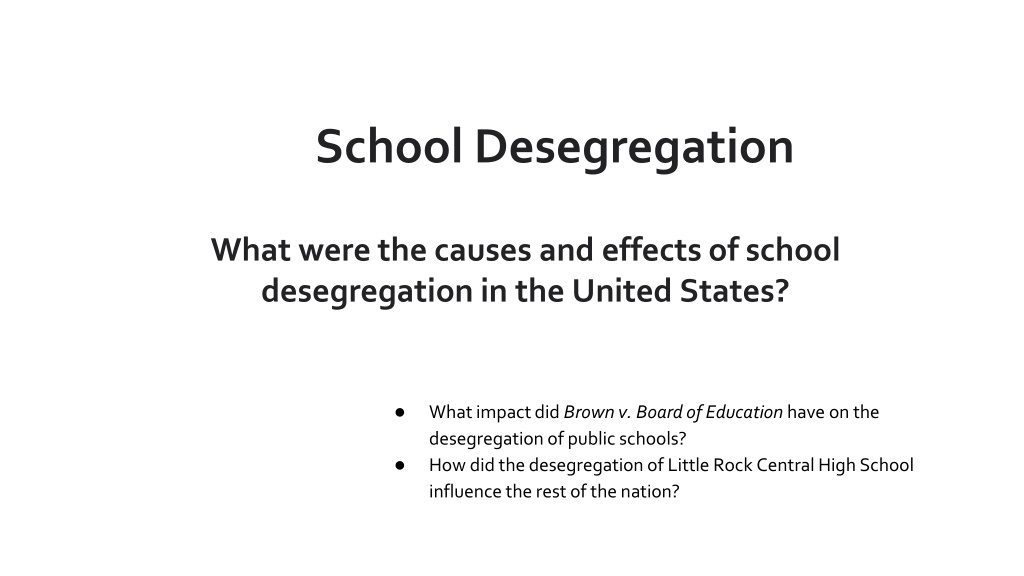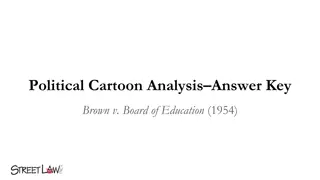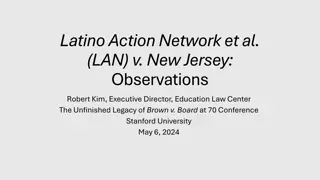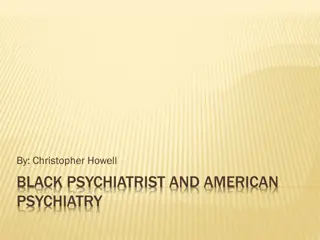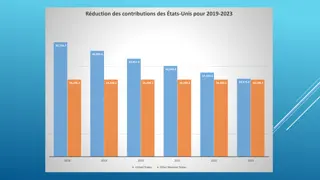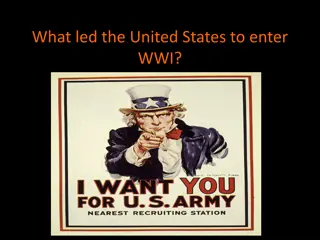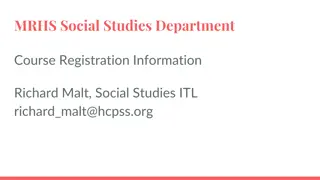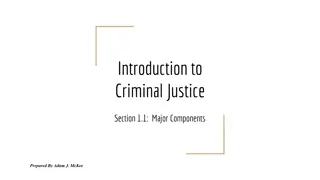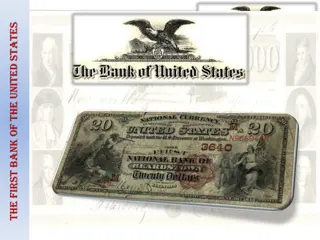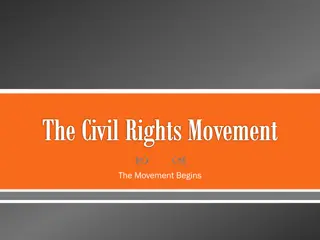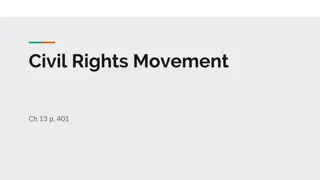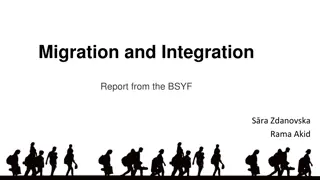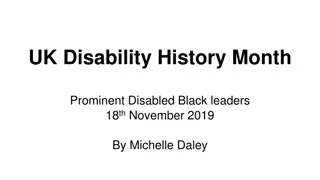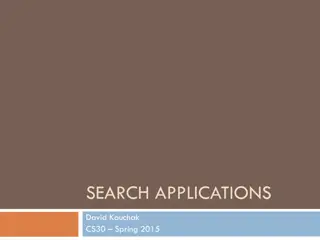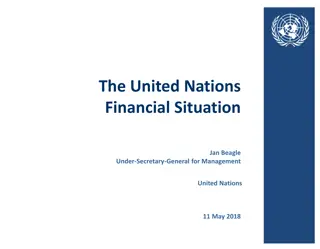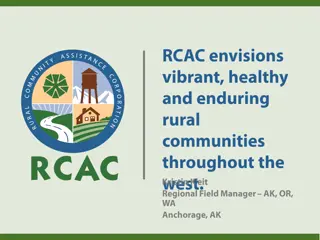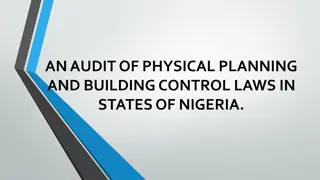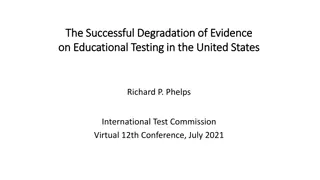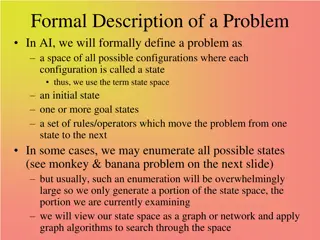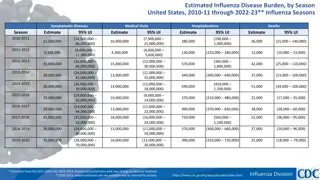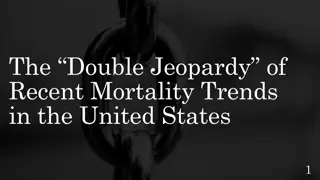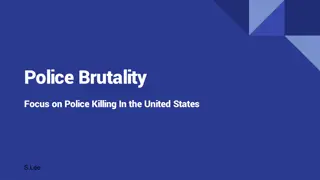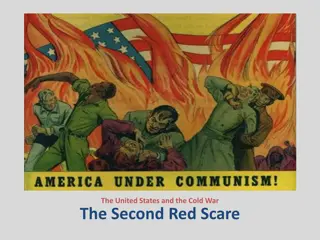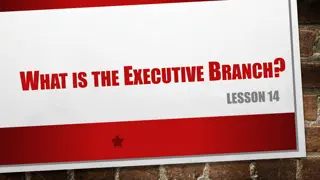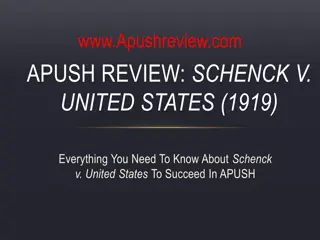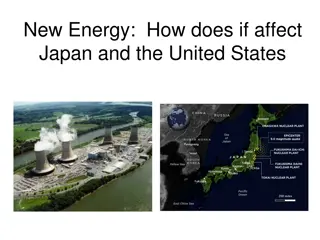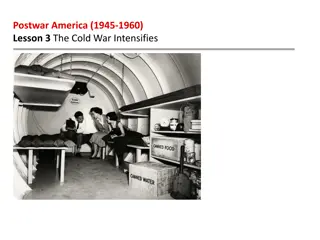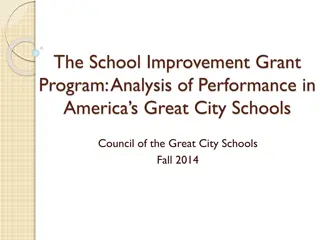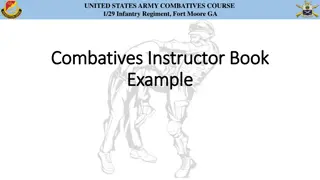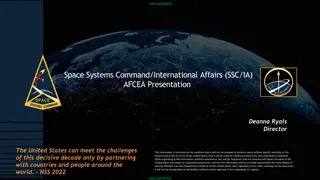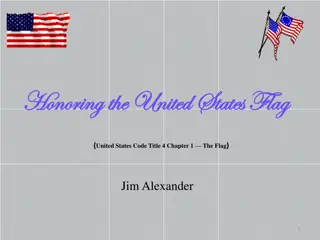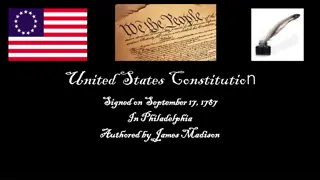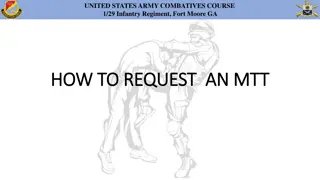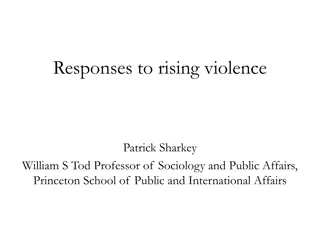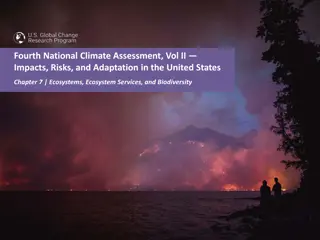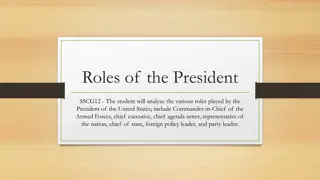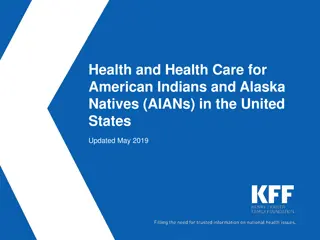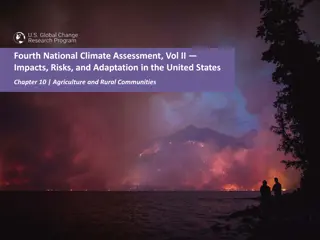Impact of School Desegregation in the United States
Causes and effects of school desegregation in the US, the influence of Brown v. Board of Education on public school desegregation, and the significance of the desegregation of Little Rock Central High School. Comparisons between schools in different settings in Georgia during the 1940s, highlighting disparities and potential policy implications. Examination of educational policies' effectiveness today. Insights into the Brown v. Board of Education decision and its impact.
Uploaded on Sep 18, 2024 | 0 Views
Download Presentation

Please find below an Image/Link to download the presentation.
The content on the website is provided AS IS for your information and personal use only. It may not be sold, licensed, or shared on other websites without obtaining consent from the author. Download presentation by click this link. If you encounter any issues during the download, it is possible that the publisher has removed the file from their server.
E N D
Presentation Transcript
School Desegregation What were the causes and effects of school desegregation in the United States? What impact did Brown v. Board of Educationhave on the desegregation of public schools? How did the desegregation of Little Rock Central High School influence the rest of the nation?
Veazy, Greene County, Georgia. The one-teacher Negro school in Veazy, south of Greensboro
Why might the photographer be interested in comparing the two schools? Which school looks more desirable to you?What evidence do you see that indicates that one school may be better equipped than the other? Do you see similarities between the two schools during that time and the various public schools that exist in today? What role might policy play in this situation? Looking at today s current educational climate, were the policy changes effective? Why might the photographer take this photo? Delano, Jack, photographer. Veazy, Greene County, Georgia. The one-teacher Negro school in Veazy, south of Greensboro. October 1941. Farm Security Administration- Office of War Information Collection, Library of Congress Prints and Photographs Division
Siloam, Greene County, Georgia. Classroom in the School
What is the first thing you notice in the photograph? What time period does this photo appear to be from? What is the physical setting? Does this setting seem desirable to you? Does the setting seem familiar to you? What do you notice about the children in the photograph? What is the climate in the photograph? Is this a comfortable setting? Why might the photographer find interest in such a photo? Delano, Jack, photographer. Siloam, Greene County, Georgia. Classroom in the school. October 1941. Farm Security Administration- Office of War Information Collection, Library of Congress Prints and Photographs Division
Earl Warrens reading copy of Brown opinion
What did the Supreme Court decide in the Brown vs. Board of Educationdecision? According to the Supreme Court justices, what part of the constitution did school segregation violate? How does Chief Justice Earl Warren s handwriting on this document let you know what was important to him about this decision? Earl Warren s reading copy of Brown opinion, May 17, 1954. Earl Warren Papers, Manuscript Division, Library of Congress (83).
What are the people in the left side of the cartoon doing? What is the mood depicted in the cartoon? Why? What is going on during this time frame? Why are children included in the photo? What do the children appear to be doing? What is happening on the right side? Why might the world be watching? What implications might result from the world watching? What additional conclusions can you draw from this cartoon? Jon Kennedy Cartoon Collection, (UALR.MS.0023), UA Little Rock Center for Arkansas History and Culture.
Making a Tough Job Tougher
What is happening in the cartoon? What groups are depicted, and how might they be related? What is occurring during this time frame? Why might the main character be depicted on a balance beam? Does the cartoon suggest that one of the entities is more powerful? Does race seem to play an important part in the picture? Why? What public policy implications may be suggested by the cartoon? Jon Kennedy Cartoon Collection, (UALR.MS.0023), UA Little Rock Center for Arkansas History and Culture.
Public Education is Okay -- for Other People s Kids
What is the message of this cartoon? What does this cartoon tell you about one of the effects of desegregation? How might this cartoon be different if it was drawn from a different perspective? Jon Kennedy Cartoon Collection, (UALR.MS.0023), UA Little Rock Center for Arkansas History and Culture.
2000-01 Enrollment and Racial Balance in the LRSD and PCSSD
Why do you think this primary source report was created? Who was the audience for this report? Summarize the data presented in the charts. What can you learn from the chart about school desegregation? What questions do you have after viewing these charts? Office of Desegregation Monitoring Records (BC.MSS.08.37), Butler Center for Arkansas Studies.
